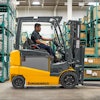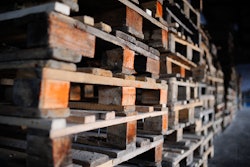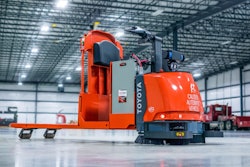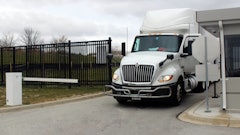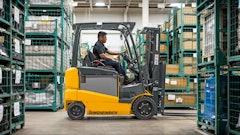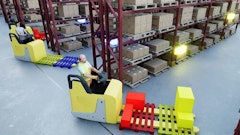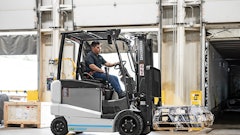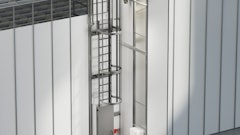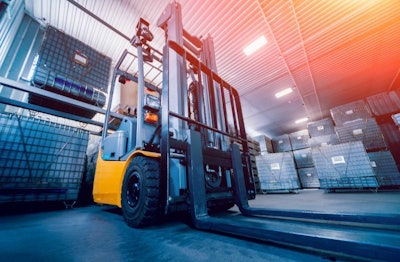
There are many factors to consider when purchasing any large piece of equipment. A forklift is an expensive investment, and you need to make sure you select the perfect machine for you. There are many different categories of forklifts, and within each category, there are a wide variety of types. The process can be overwhelming with so many options! The first thing to do is assess your needs.
Are you using the equipment for a project, or will you hold on to it for a long time? What type of work environment do you have? What is the maximum lifting capacity required by your machine? What is the average lifting capacity your machine will handle? Will you have short, sporadic use or longer sustained use? What is your budget? What type of loads will you be lifting?
These questions and more are important to get a holistic picture of what you truly need from your forklift. There is a forklift designed to meet every potential requirement. Here’s how to navigate in finding a machine that fulfills your project, warehouse or construction needs.
Work environment
Different work environments call for different needs, and it is an important part of assessing what type of forklift is right for you. There are forklifts for any work environment. Outdoor projects often have heavy lifting needs where forklifts are an essential tool. Whether your needs are on construction sites, over rough terrain or use in civil work, there are forklifts designed for outdoor use in various conditions.
Forklift use is more common in indoor environments. You may need a forklift for warehouse work, indoor projects, construction, or more. It is important to consider the specs of your indoor space. Will your forklift be navigating tight spaces or corners? Do you have a small or large warehouse? Does your forklift need to travel longer or shorter distances? There are forklifts designed for all types of indoor use.
Lift capacity
Lifting capacity is one of the most important details to consider when purchasing a used forklift. There are two aspects of lifting capacity. The first is maximum lifting capacity. What is the absolute maximum you will need your forklift to lift at a time? The second aspect is average lifting capacity. What is the average load weight that you expect your forklift to lift regularly? The third aspect is the frequency of use. How often are you going to be using your forklift, and at what lifting capacity?
When you combine all three of these questions, you can more accurately assess your needs. For example, it is important to know if you will use your forklift to its maximum capacity with frequent and sustained use every day when purchasing it. This can help you identify the right brands for you and whether a used forklift or new forklift is best.
Budget
Whether you are a project manager, construction contractor or business owner, you know that the budget rules all decisions in the end. Forklifts are expensive pieces of heavy machinery. They are an investment, but it is key to find the correct machine in the price range that is appropriate for your budget. If you are looking for significant savings, a used forklift might be the way to go, as you can save up to 50% on used versus new machines.
Work type
It is crucial to identify the type of work you require your forklift to do. Do you need your forklift to lift pallets? Do you need it to lift heavy machinery or construction equipment? Do you need your forklift to lift people such as single employees or a whole crew? The type of work is crucial to the forklift selection process as it identifies what your lifting needs are. Some forklifts, such as reach trucks, are specifically designed to work with pallets. Others are specifically designed to lift crew, with certain precautions in mind for human safety and the variables that come with lifting people over simply lifting goods. The type of work your forklift will do is key in identifying what features are essential for your machine.
Editor’s Note: The following article is brought to you by Used-Forklifts.net in partnership with Food Logistics.


